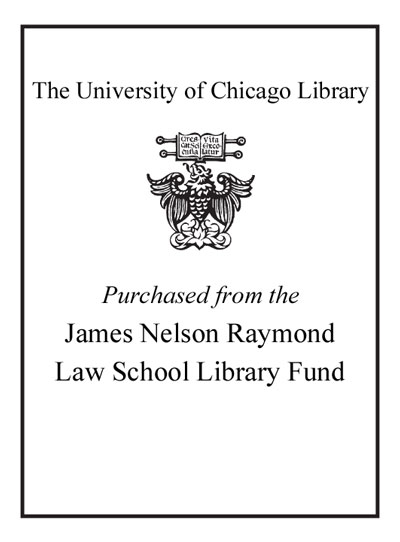The right to strike : a comparative view /
Saved in:
| Imprint: | Alphen aan den Rijn, The Netherlands : Kluwer Law International, ©2014. |
|---|---|
| Description: | xlviii, 621 pages ; 25 cm. |
| Language: | English |
| Series: | Studies in employment and social policy ; volume 45 Studies in employment and social policy ; v. 45. |
| Subject: | |
| Format: | Print Book |
| URL for this record: | http://pi.lib.uchicago.edu/1001/cat/bib/10150125 |
Table of Contents:
- Introduction
- 1. The right to strike: a comparative view / Bernd Waas
- 2. The right to strike: Argentina / Carlos Mariano Núñez
- 3. The right to strike: Australia / Marilyn J. Pittard and Richard Naughton
- 4. The right to strike: Austria / Florian Burger
- 5. The right to strike: Chile / Emilio Morgado-Valenzuela
- 6. The right to strike: Colombia / Charles Chapman López and Mirna Wilches Navarro
- 7. The right to strike: Czech Republic / Petr Horka
- 8. The right to strike: Ecuador / Flor Espinoza Haucón
- 9. The right to strike: Finland / Johannes Lamminen
- 10. The right to strike: France / Francis Kessler
- 11. The right to strike: Germany / Bernd Waas
- 12. The right to strike: Greece / Effrosyni Bakirtzi
- 13. The right to strike: Hungary / Edit Kajrár and Attila Kun
- 14. The right to strike: Ireland / Anthony Kerr
- 15. The right to strike: Israel / Hadara Bar-Mor and Michal Horovitz
- 16. The right to strike: Italy / Paolo Pascucci
- 17. The right to strike: Japan / Yumiko Kuwamura
- 18. The right to strike: Lithuania / Daiva Patrylaité
- 19. The right to strike: Malaysia / Sharifah Suhanah Binti Syed Ahmad
- 20. The right to strike: Mexico / Alejandro Sánchez Sánchez
- 21. The right to strike: The Netherlands / Mijka Houwerzijl and Willemijn Roozendaal
- 22. The right to strike: Poland / Piotr Grzebyk
- 23. The right to strike: Russian Federation / Nikita Lyutov
- 24. The right to strike: Slovenia / Polonca Končar
- 25. The right to strike: South Africa / Darcy du Toit
- 26. The right to strike: South Korea / Kwang-Taek Lee
- 27. The right to strike: Spain / Magdalena Nogueira Guastavino
- 28. The right to strike: Sweden / Jonas Malmberg and Caroline Johansson
- 29. The right to strike: Turkey / Tankut Centel
- 30. The right to strike: United Kingdom / Jeremias Prassl
- 31. The right to strike: United States of America / Charles B. Carver
- 32. The right to strike: Uruguay / Hugo Fernández Brignoni.

